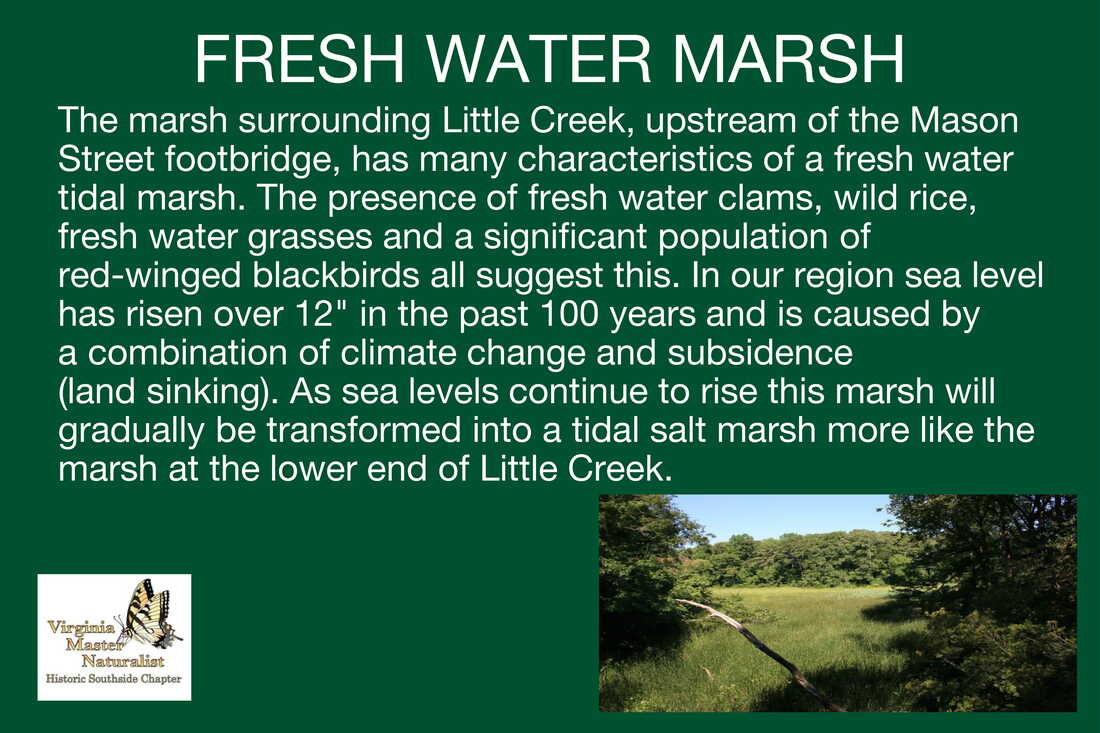Introduction
Marshes are defined as wetlands frequently or continually inundated with water, characterized by emergent soft-stemmed vegetation adapted to saturated soil conditions. There are many different kinds of marshes, ranging from the prairie potholes to the Everglades, coastal to inland, freshwater to saltwater. All types receive most of their water from surface water, and many marshes are also fed by groundwater. Nutrients are plentiful and the pH is usually neutral leading to an abundance of plant and animal life. Fresh water marshes occur where the inflow of saltwater from tidal influence is diluted by a much larger volume of freshwater from upstream. Strictly speaking, freshwater marshes have salt concentrations < 0.5 ppt, but pulses of higher salinity may occur during spring tides or periods of unusually low river discharge.
Some facts to consider
Marshes are defined as wetlands frequently or continually inundated with water, characterized by emergent soft-stemmed vegetation adapted to saturated soil conditions. There are many different kinds of marshes, ranging from the prairie potholes to the Everglades, coastal to inland, freshwater to saltwater. All types receive most of their water from surface water, and many marshes are also fed by groundwater. Nutrients are plentiful and the pH is usually neutral leading to an abundance of plant and animal life. Fresh water marshes occur where the inflow of saltwater from tidal influence is diluted by a much larger volume of freshwater from upstream. Strictly speaking, freshwater marshes have salt concentrations < 0.5 ppt, but pulses of higher salinity may occur during spring tides or periods of unusually low river discharge.
Some facts to consider
- Marshes recharge groundwater supplies and moderate stream flow by providing water to streams. This is an especially important function during periods of drought. The presence of marshes in a watershed helps to reduce damage caused by floods by slowing and storing flood water.
- As water moves slowly through a marsh, sediment and other pollutants settle to the substrate or floor of the marsh. Marsh vegetation and microorganisms also use excess nutrients for growth that can otherwise pollute surface water such as nitrogen and phosphorus from fertilizer.
- Due to their high levels of nutrients, freshwater marshes are one of the most productive ecosystems on earth. They can sustain a vast array of plant communities that in turn support a wide variety of wildlife within this vital wetland ecosystem.








